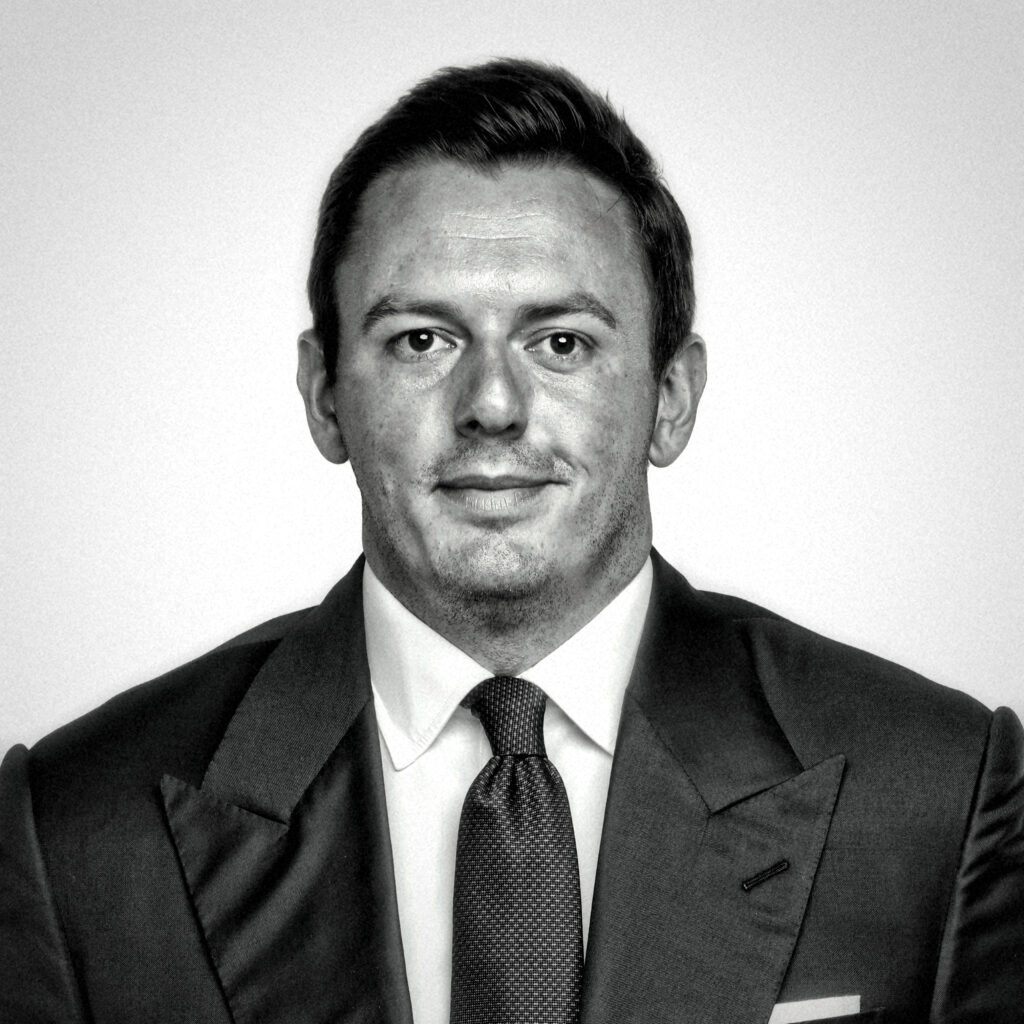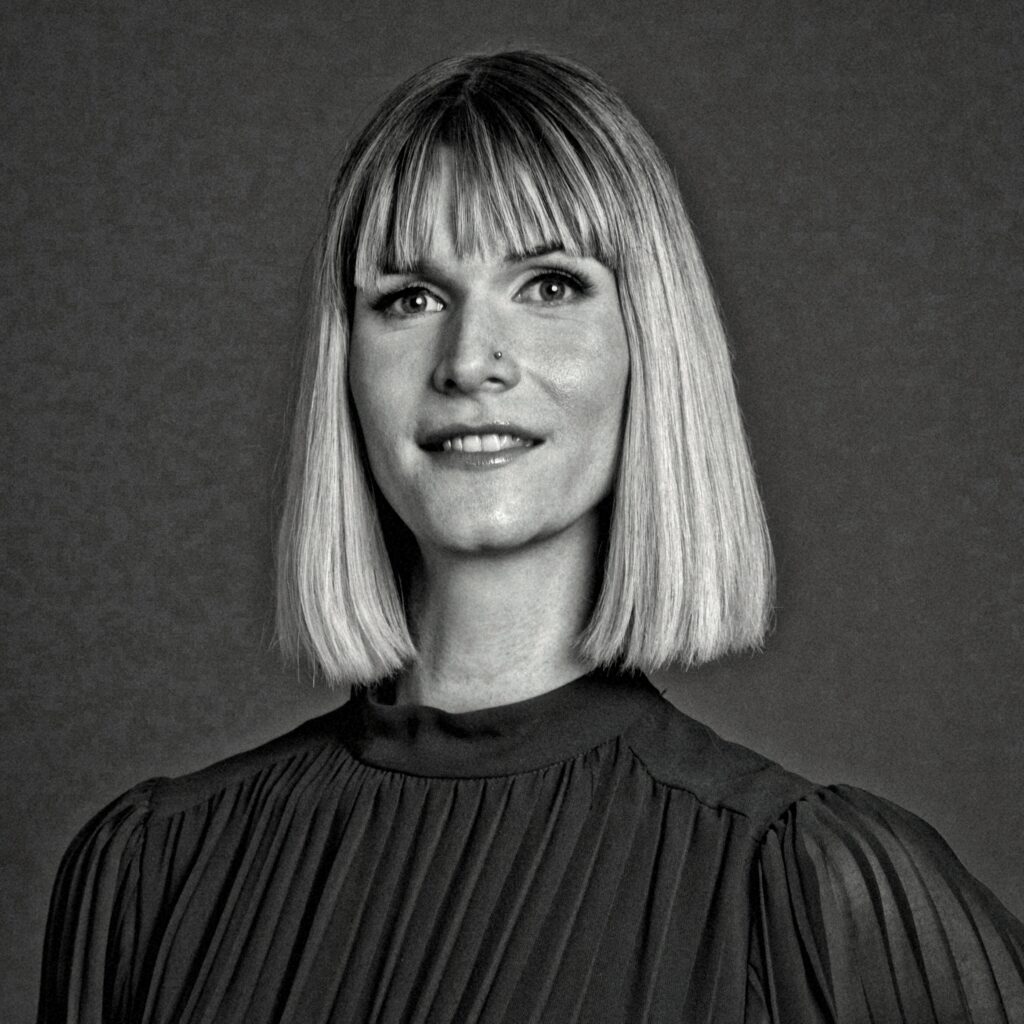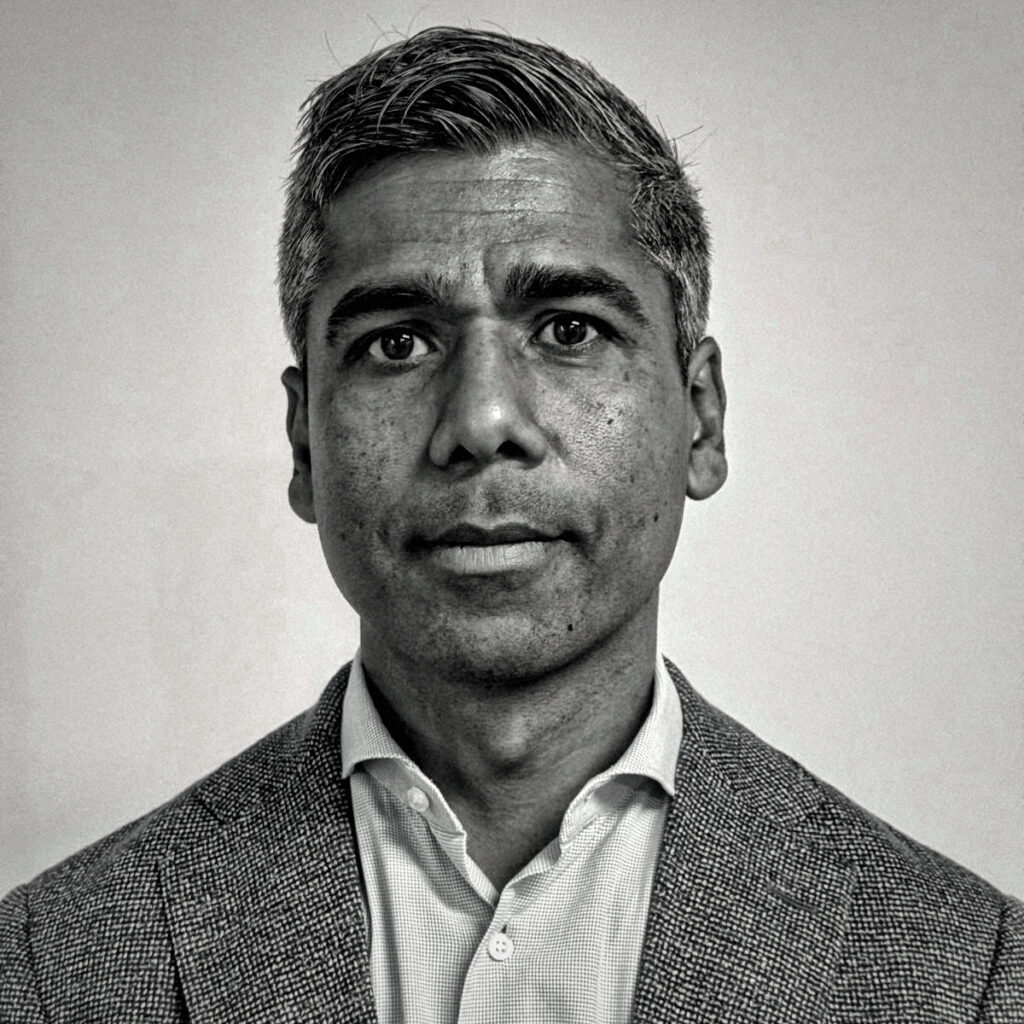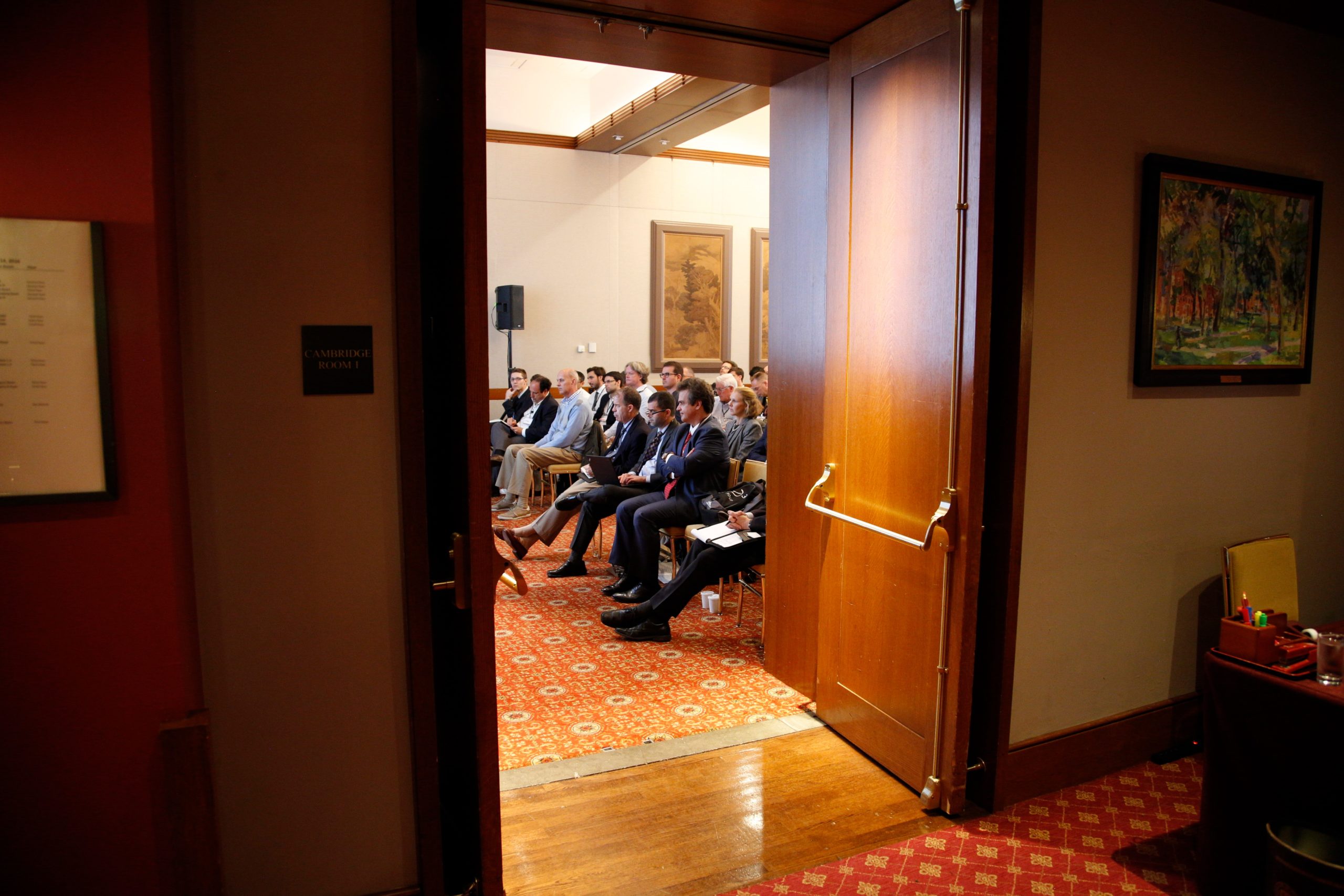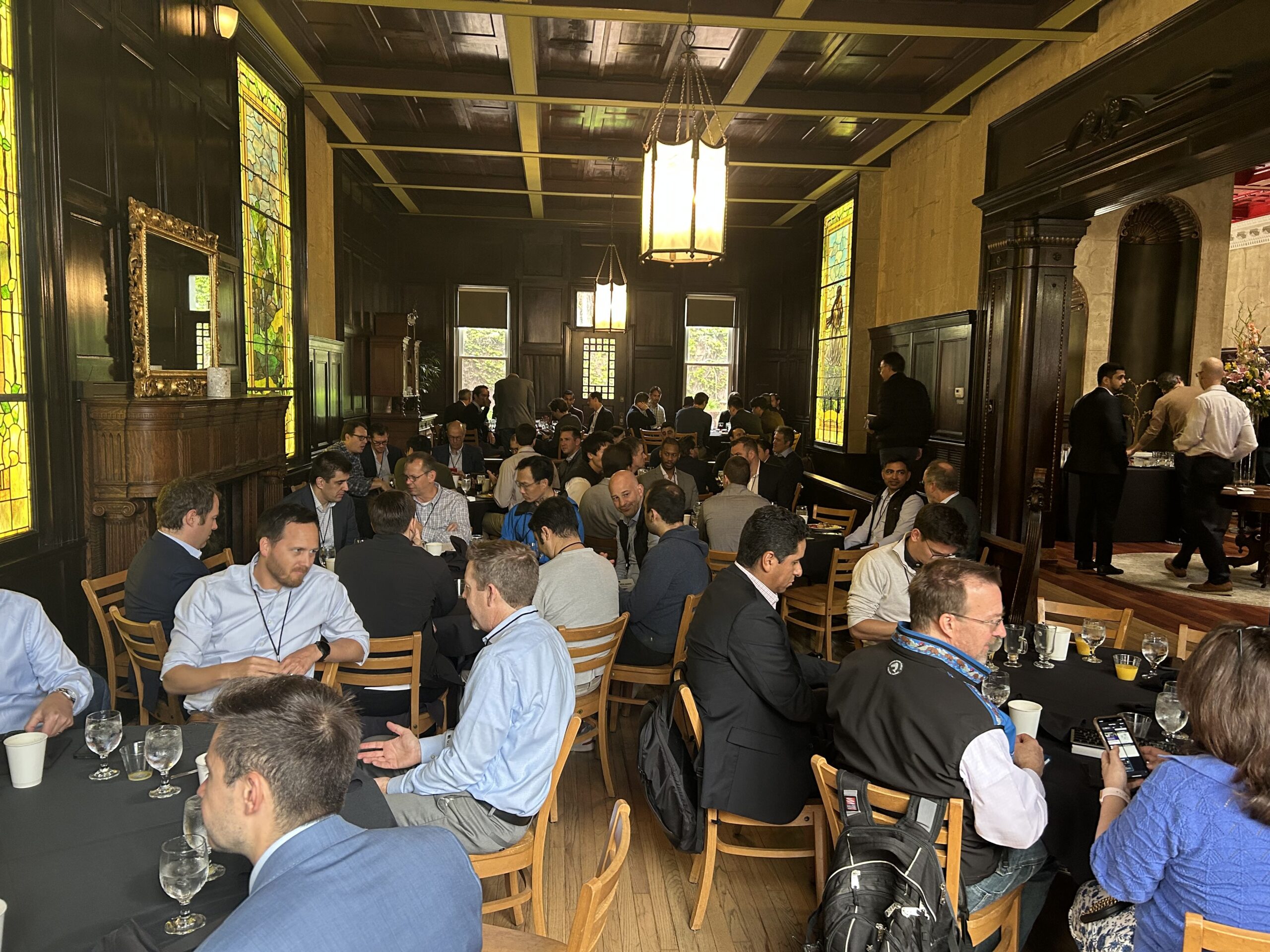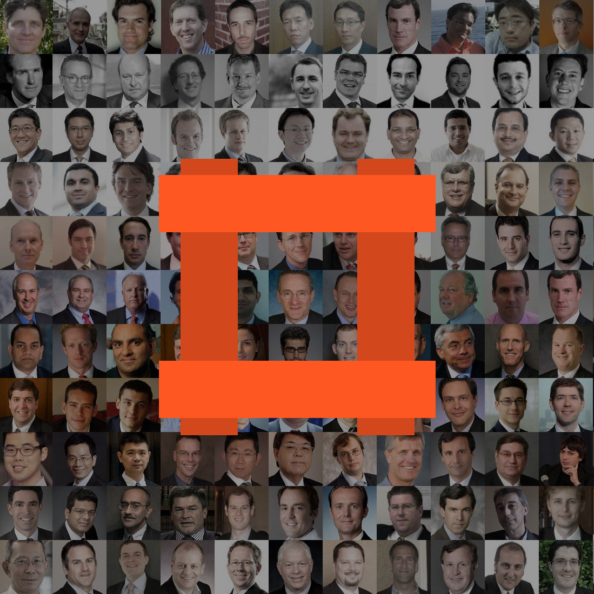Daniel Kahneman is one of the great thinkers of the past century, and his 2011 book Thinking, Fast and Slow is a masterpiece. The topic is judgment and decision making from a psychological perspective, but it ranks alongside the all-time great investment books like Security Analysis, The Intelligent Investor and Margin of Safety.1 It’s that good, even if it’s not exclusively focused on investing.2
Kahneman’s premise is that the human brain operates in two modes: System 1, which is an automatic and subconscious state similar to auto-pilot, and System 2, which is a slow and more deliberate way of thinking.3 System 1 is fast, automatic, subconscious and prone to stereotyping, whereas System 2 is slow, effortful, logical and calculating. System 1 is constantly feeding System 2 ideas, impressions and feelings, and it’s up to System 2 to validate or refute them. The catch is that System 2 has to be actively engaged. Business as usual occurs in System 1, and that’s when bad habits or subconscious biases can do a lot of damage.
Letting System 1 run unchecked can lead to the belief that “what you see is all there is,” which obviously runs counter to the well-established investment practice of seeking disconfirming evidence. System 1 is also “radically insensitive to both the quantity and the quality of information that gives rise to impressions and intuitions,” which should sound very familiar to anyone who’s watched CNBC, read sell-side research or sat in front of a Bloomberg. The power for investors lies in engaging System 2 to avoid mistakes and to take advantage of opportunities created by the “fast”-thinking mistakes of others.
Eliminating mistakes, not hitting home runs, is the Holy Grail of investing. Avoiding permanent capital loss and outperforming during market declines is the surest way to superior returns over time. But the evaluation of a choice or opportunity under System 1 is usually done relative to a reference point, and in financial markets that reference is usually the recent market price, not a more stable and concrete measure of value. Along those lines, many System 1 mistakes are the product of lazy, formulaic thinking – “it’s Aaa-rated, so it must be safe” or “home prices have never declined on a national basis” – and they’re often obvious in hindsight. “What was I thinking?!” is a common plaint, but it’s largely avoidable when the original process is sound and based in these principles. Kahneman explains that the way to block errors stemming from System 1 is to recognize the signs of danger,4 slow down, and ask for help from System 2.
In that regard, a simple checklist is a practical and powerful tool. Think of it as an external and pre-ordained System 2. As Kahneman, Atul Gawande and others have explained,5 checklists are extremely effective at initiating the deliberate thinking that will override many System 1 mistakes, particularly when emotions or chaotic conditions might otherwise wreak havoc. “Thinking, Fast and Slow” details all of the major concepts from behavioral psychology, and it is extremely useful to go through it systematically and make a list of the common biases and heuristics (with a particularly emphasis on personal vulnerabilities). Loss aversion, overconfidence and overoptimism, anchoring, availability, base rate, sunk costs, the planning fallacy and framing effects, among others, should all be part of an investor’s working vocabulary. Effective checklists should be simple, easy to use, and instructive without being formulaic. An investment checklist should also be continuously refined and updated for newly learned lessons.
Another tool that will engage System 2 is a “pre-mortem.” Imagine a time in the future after the decision at hand has played itself out. The investment has turned out to be a total disaster, and your job is to write its obituary. What went wrong? What assumptions were faulty? What mistakes were made and could have been avoided? Imagining the potential causes of failure will forestall many common System 1 mistakes and biases. This also follows the Jacobi/Munger mandate to “invert” the problem or issue at hand. It is often more useful to start by asking how an investment will lose money rather than focusing on the potential gains.
Investors can also directly benefit from the System 1 opportunities in the market created by others. Distressed companies and spin-offs are two particularly favorable niches that are prone to System 1 mistakes. In both cases, investors are often presented with a characteristic or event that is tailor-made for System 1 thinking, leading to a sell decision without regard to investment merits or rationality. Bankruptcies and financial distress often cause many investors to dump their debt and equity holdings for regulatory, institutional or psychological reasons that are unrelated to – or at least disproportionate to – the economic reality. Similarly, spinoffs can be sold indiscriminately by investors who suddenly find themselves holding securities in two different companies that may differ dramatically in size, liquidity, industry, credit rating, dividend yield or other characteristics that aren’t necessarily related to a rational valuation of each security on its own merits.
Just as importantly, when someone else has already made a dumb sell decision it greatly reduces the odds of committing a cardinal sin of investing: buying at an overly expensive price. There’s a case to be made that distressed investors’ superior returns owe as much to the purchase price of the assets in the market as they owe to any analytical brilliance. Likewise, the taint of failure or the element of change and uncertainty often associated with these situations means that for an investor familiar with these principles, System 2 should already be on high alert, thus further reducing the chance to make a mistake.
Almost everyone reading this article has enough raw intelligence to be a successful investor, but the key distinction here is between intelligence and rationality. The question isn’t “Am I smart enough to be a good investor?” but rather “Am I rational enough to be a good investor?” In pursuing rationality, Kahneman’s framework is essential to making fewer, better decisions and avoiding mistakes, as well as serving as a behavioral complement to Graham’s original quantitative principles of value investing. In any case, simply pausing to deliberately engage System 2 and evaluate the rationality of one’s own investment process is bound to lead to better investment results.
“Personally, I’ve gotten so that I now use a kind of two-track analysis. First, what are the factors that really govern the interests involved, rationally considered? And second, what are the subconscious influences where the brain at a subconscious level is automatically doing these things – which by and large are useful, but which often misfunction?”
“One approach is rationality – the way you’d work out a bridge problem: by evaluating the real interests, the real probabilities and so forth. And the other is to evaluate the psychological factors that cause subconscious conclusions – many of which are wrong.”
–Charlie Munger, “A Lesson on Elementary, Worldly Wisdom as It Relates to investment Management and Business,” delivered to the University of Southern California Marshall School of Business, April 1994 6

Members, log in below to watch the full video.
Not a member?
Thank you for your interest. Please note that MOI Global is closed to new members at this time. If you would like to join the waiting list, complete the following form:
See also: Phil Ordway on Human Misjudgment, Revisited.
Footnotes:
1 I keep a list of my favorite 100 books and articles on investing (email me for a copy) and it includes several of Kahneman’s other works: “Prospect Theory,” “Judgment under Uncertainty” and “On the Psychology of Prediction.”
2 The irony is that Kahneman, like most academics, is dismissive of investors. He is admittedly unaware and disinterested in the basic workings of investment, and that leads him to ignore the inherent logic and appeal of value investing despite the numerous overlaps in thinking. Regardless, he rightly criticizes the “illusion of skill” presented by so many investment managers, and he correctly notes that most trading is noise and that frequent trading is harmful to investment returns.
3 As Kahneman notes, Keith Stanovich and Richard West originally coined the terms System 1 and System 2.
4 Studying failure and having a deep understanding of history are crucial in this regard.
5 The Checklist Manifesto, Gawande’s 2011 book on the subject, is highly recommended.
6 Reprinted in Poor Charlie’s Almanack, edited by Peter D. Kaufman. See also Munger’s speech The Psychology of Human Misjudgment.


